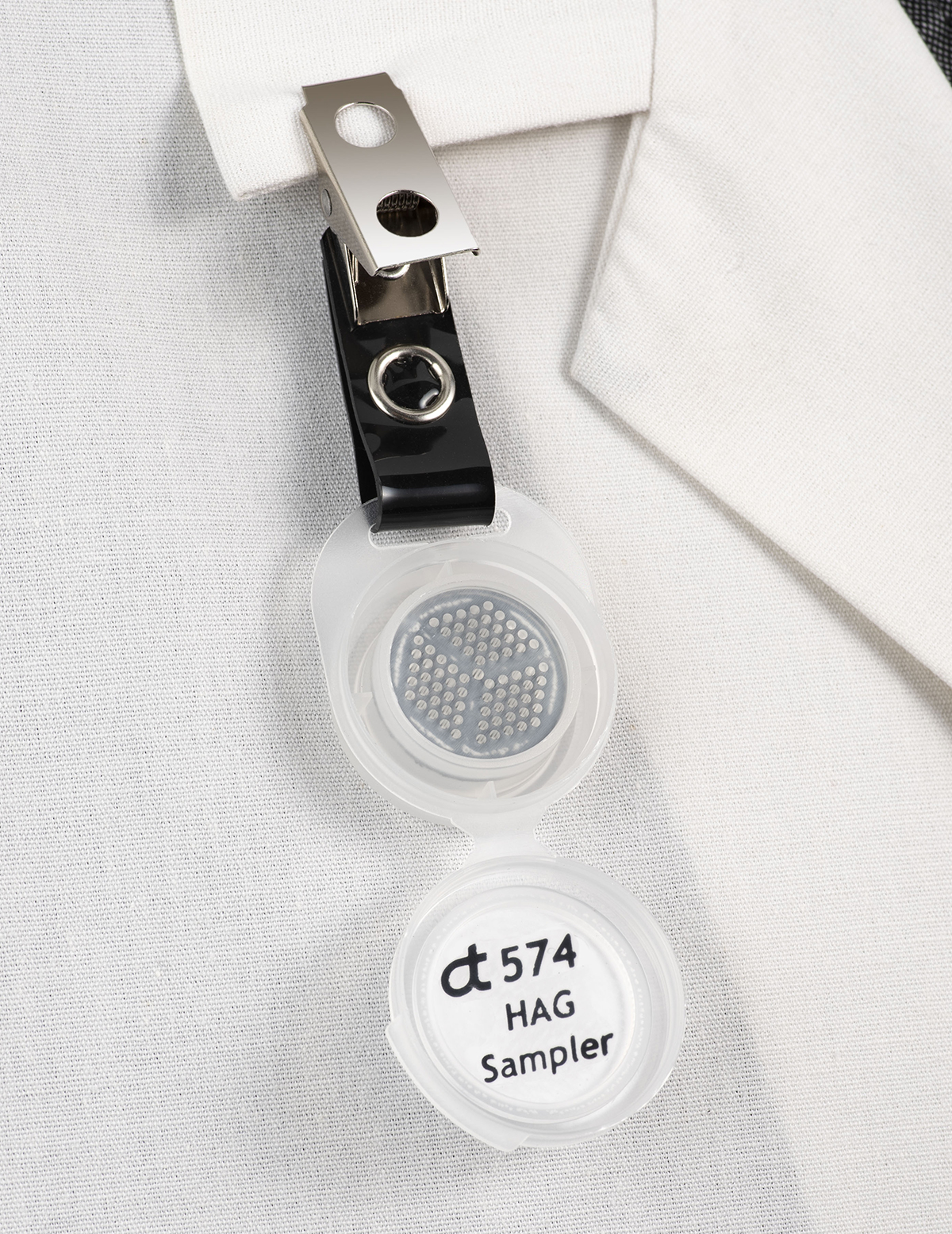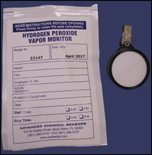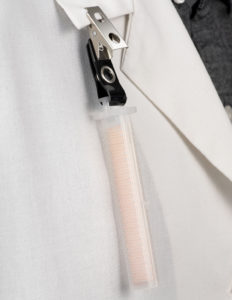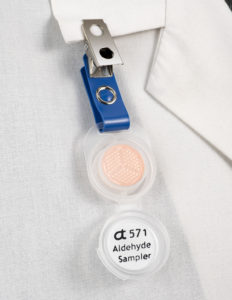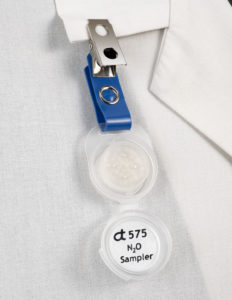Description
The anesthetic gases are much more stable when toluene is used as the desorbtion solvent rather than carbon disulfide, as is used in OSHA 103.
This badge is the same type as the 566 badge, with the only differences being in the labeling and analysis. Laboratories or customers using their own lab should order item N566AT.
This badge collects the following:
Desflurane (Suprane®)
Enflurane (Ethrane®)
Halothane (Fluothane®)
Isoflurane (Forane®)
Sevoflurane (Ultane®)
Special Notes
Choose up to 3 chemicals per badge. Analysis of up to 3 chemicals is included in the pre-paid badge price.
